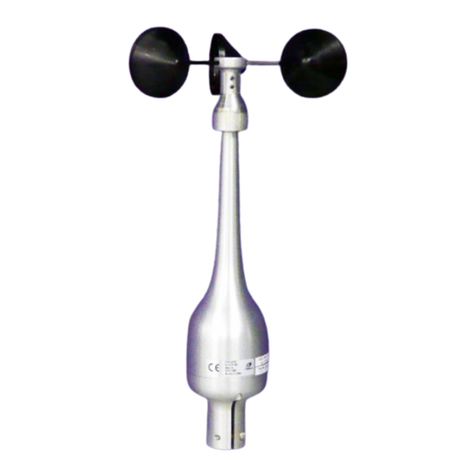
Model 8339 Ceilometer User’s Manual
TABLEOFCONTENTS
1. OVERVIEW.........................................................................................................................1
1.1 Models ........................................................................................................................................1
1.2 Accessories.................................................................................................................................2
2. THEORY OF OPERATION .................................................................................................3
2.1 General Description....................................................................................................................3
2.2 Theory of Operation ...................................................................................................................3
2.2.1 Functional Description........................................................................................................4
2.3 Modules ......................................................................................................................................5
2.3.1 Optical Module ...................................................................................................................5
2.3.2 Data Acquisition Board.......................................................................................................8
2.4 Fault Detection..........................................................................................................................10
3. DATA COMMUNICATION.................................................................................................11
3.1 8339 Native Format..................................................................................................................11
3.1.1 Communication Parameters..............................................................................................11
3.1.2 Data Format ......................................................................................................................11
3.1.3 Poll Commands.................................................................................................................12
3.2 8339 Sky Condition Format......................................................................................................14
3.2.1 Data Format ......................................................................................................................15
3.3 8329 Format..............................................................................................................................16
3.3.1 Communication Parameters..............................................................................................16
3.3.2 Data Format ......................................................................................................................16
3.4 8339 ASOS ICD.......................................................................................................................17
3.4.1 Communication Parameters..............................................................................................17
3.4.2 8339 ASOS ICD Command Set........................................................................................17
4. UNPACKING AND INSTALLATION..................................................................................27
4.1 Unpacking.................................................................................................................................27
4.2 Installation ................................................................................................................................27
4.2.1 Mechanical Mounting.......................................................................................................28
4.2.2 Optional Heater/Blower....................................................................................................29
4.2.3 Ceilometer Lightning Surge Suppressor...........................................................................30
4.2.4 Ceilometer Data Connection.............................................................................................31
4.2.5 Ceilometer Power Connection..........................................................................................32
4.2.6 Final Steps.........................................................................................................................32
5. OPERATION.....................................................................................................................34
5.1 Power Up..................................................................................................................................34
5.2 Checkout...................................................................................................................................34
6. MAINTENANCE ................................................................................................................35
6.1 Periodic Maintenance ...............................................................................................................35
6.1.1 Window Cleaning —Monthly or as required...................................................................35




























